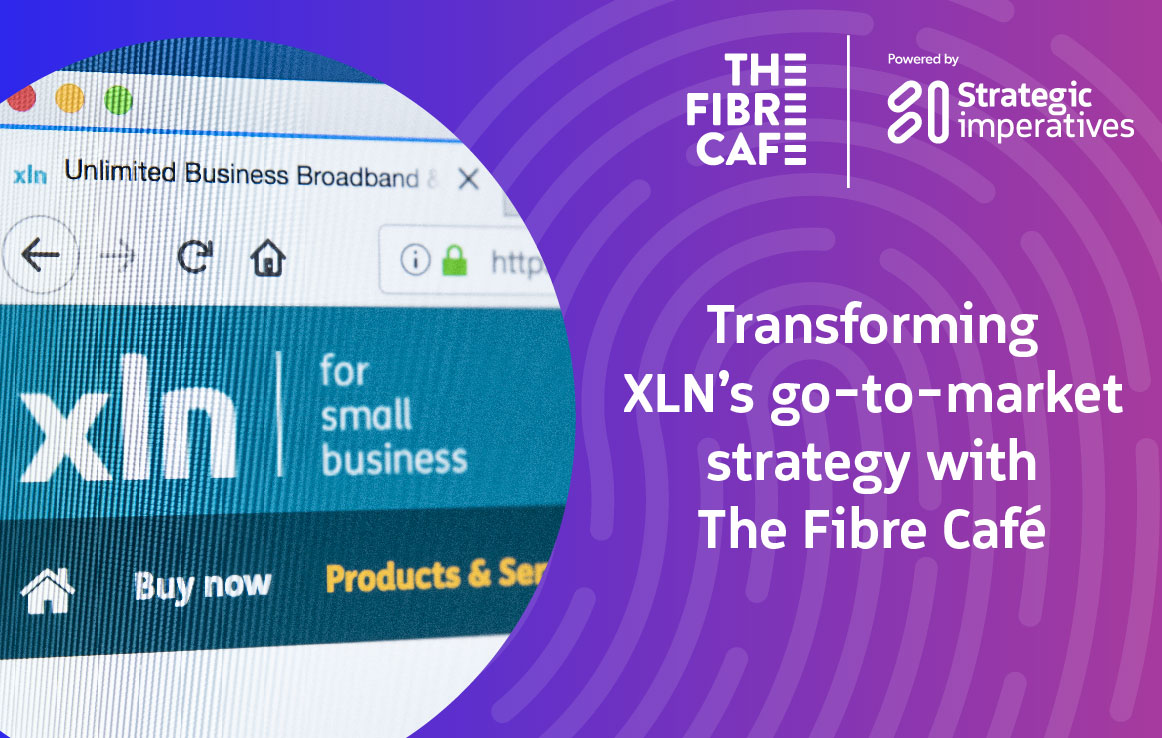
A check list for a successful monetisation platform due diligence strategy
Writes: Dr Dilaksha Attanayake, Billing & Monetisation Product Owner at Strategic Imperatives
Cloud native, SaaS, transformative, subscription, agile, 5G ready, IoT, R&D spend… There is no shortage of emotive words used by vendors to promote billing and monetisation platforms.
For service providers looking to upgrade their BSS (Business Support Systems) capability to effectively monetise the new connectivity and digital services eco system, details of what underpins a modern billing platform are very hard to come by with websites, case studies and whitepapers focusing on high level abstract advantages that are difficult to measure and map to current challenges and future opportunities.
With the proliferation of collaboration tools such as MS Teams, cloud-based products, and complex digital services my aim is to provide a starting point for a due diligence checklist that a service provider can use when evaluating a modern billing platform to underpin and monetise these services. This list is a key part of our vision for Strategic Imperatives’ billing & monetisation solution, Elevate, and it is constantly reviewed and updated in our core product development roadmap today.
I will assume that traditional functionality such as supplier reconciliation, auto CDR processing, fraud detection, invoice generation, API integration and basic reporting are a given as are harder to measure features such as scalability, disaster recovery and security although these should always be a starting point of any checklist.

Future ready monetisation and billing, what to look for:
The end of the monthly billing cycle
The telco landscape of the 1990s in which resellers receive a monthly file from suppliers and onward bill to end users has influenced the design of many billing platforms still in use today, however, the world has changed as has the expectations of an increasingly sophisticated customer base. Service providers must have the capability to offer anniversary billing where required and the ability to bill for products and services not just on a monthly basis rather weekly or even daily if they choose to do so.
Real-time performance indicators
On demand knowledge of financial performance is key to all service providers and that must mean more than simply a bunch of Excel reports generated each month at bill run time. Modern monetisation platforms can process data in near real time and respond to customer, product, and pricing configurations immediately to provide an up to the minute picture of how your business is performing.
A modern monetisation platform empowers the service provider to monitor in real time, turnover, profitability and margins to ensure targets are being met and react quickly with promotions or sales campaigns that target specific products or geographies when needed.
The product catalogue
A catalogue-driven approach to monetisation is crucial for a service provider. It determines the type of products a service provider can sell or bundle, to whom they can sell, for how much and under what terms. It also allows providers to quickly define new products or adjust existing ones to respond to new offerings from competitors.
As a minimum a modern monetisation platform must offer a hierarchical rather than the traditional flat product catalogue used widely in the channel; it must support product categorisation and have the capability via an Open API to be part of an enterprise wide catalogue implementation.
Speaking of products, prices, rates ….
Your product catalogue, price plans and promotional activity are not point in time activities and so it makes little sense for a billing system to prevent future dated changes or forget historical information. But you would be surprised at how many current systems do exactly that due to their point in time batch driven design.
The real time nature of modern monetisation platforms allows service providers to plan for the future by creating price plans and promotions and configuring customers so that these kick in at a predefined date in the future. A seasonal promotion, a new customer discount period or a time limited price reduction used to retain potentially churning customers should all be supported. And you don’t want to forget all these things; you want your platform to retain this history, showing you how rates have changed over time and how your customers pricing has changed throughout their lifetime.
Contract management
The subscription economy is new so it’s understandable that billing systems wont fully support contract management isn’t it? Not if you consider that a subscription is just a recurring rental charge that could be billed monthly, quarterly or annually that you have most likely been selling for years. If so, then I can guarantee that you are already managing the contracts that sit behind those services and its likely that a spreadsheet or two come into play somewhere in that process.
Monetisation is about realising the revenue from those services that need to be billed at an agreed frequency and to do that effectively the platform needs to know when the contract was signed, when to revert to the default pricing when that new customer promotional term ends and importantly how much to charge the customer should they leave before the end of the contract.
Payments and customer accounts
There was a time when the primary objective of a billing platform is the creation of an invoice; this is no longer the case. A future ready platform must have the capability to collect payments directly, record what invoices have been paid, take ad-hoc payments by credit card, PayPal or other means and provide the service provider with a full financial overview of their business and of individual customers.
With the UK entering a recession and fall out of the Covid-19 crises continuing to take its toll, managing payment and debit as well as the flexibility to offer alternative payment methods and support partial payments is paramount and that functionality belongs in the billing system rather than a series of spreadsheets or home grown solutions.
Growth ready
Standing still is not an option, service providers must ensure that their monetisation platform seamlessly supports their growth strategy rather than be constrained by it.
This means that a modern monetisation platform must support multi-currency billing for international expansion, multiple brands for acquisitive (or organic) growth and it is critical that it enables service providers to look beyond telecoms and offer other verticals. Many billing platforms originate from the legacy calls and lines era and their CLI centric charging architecture means billing verticals beyond traditional telco propositions is akin to the elusive art of fitting a Square peg in a round hole.
Analytics
Billing systems hold an immense and untapped source of information that can deliver valuable business intelligence, predict opportunities and create a rich engagement model between service providers and their customers through rich data visualisation and a real-time view of customer behaviour.
Unlocking the value of billing information and predictive analytics enables service providers to create and proactively offer innovative propositions targeted at the right customer at a price point and time when they are most likely to respond positively based on their behaviour, demographic or geography.
Obviously, this is a high-level and potentially incomplete checklist. Service providers will have unique challenges, requirements, and circumstances and I am more than happy to answer any specific questions or arrange a demo of Elevate, our game changing billing & monetisation platform. Click here to find out more about Elevate.






